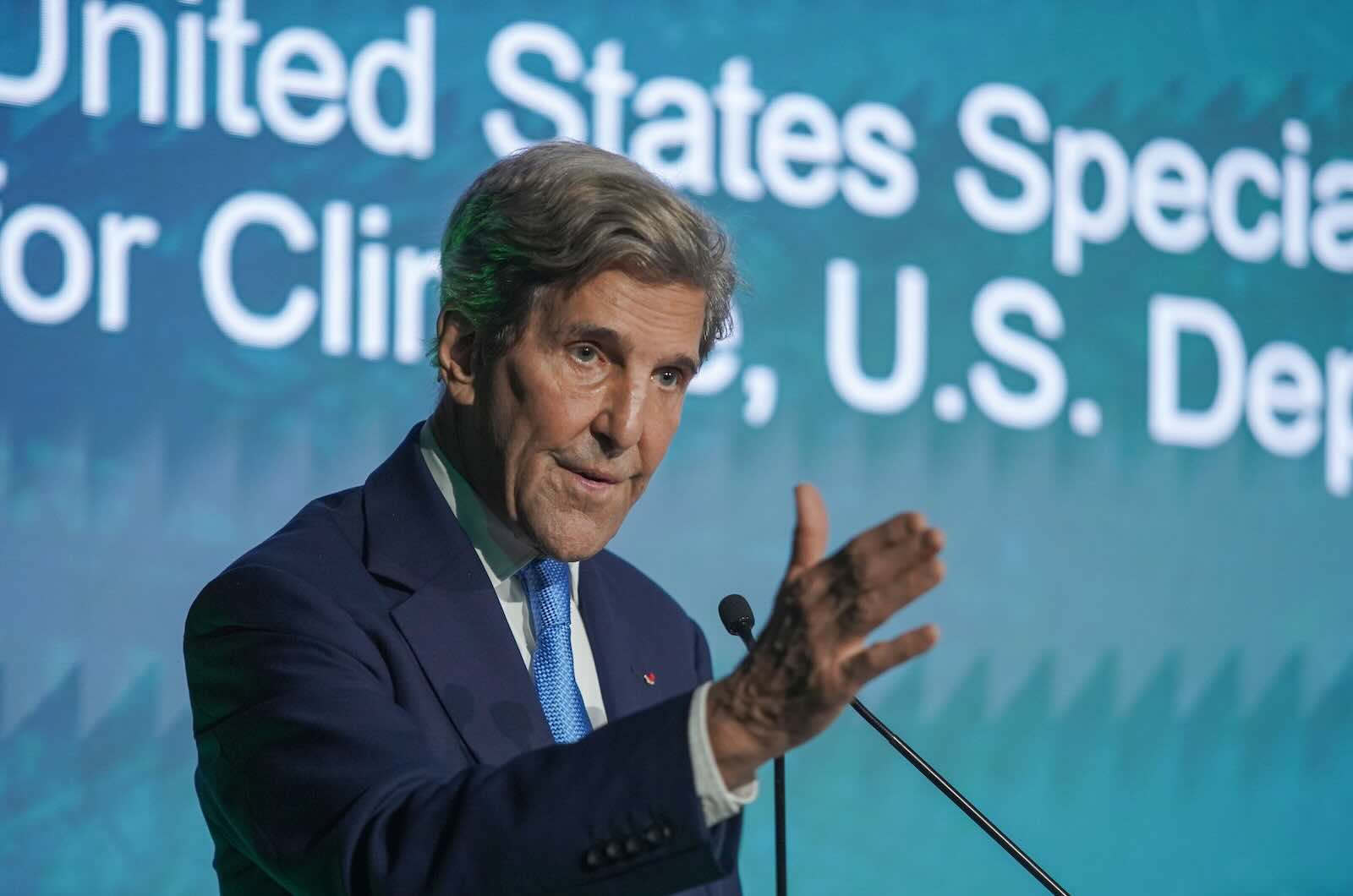ImpactAlpha, September 20 – Developed nations have pledged (but not delivered) $100 billion annually to help low and middle-income countries adapt to climate change and mitigate future impacts. That same amount could be saved with better climate finance measurement and management, while cutting greenhouse gas emissions by at least three gigatons each year.
“One dollar spent on green accountability could unlock up to $12 that is currently wasted, and ensure capital is deployed efficiently and equitably,” according to “Better accountability, better finance,” a new report from UK-based Systemiq.
The authors offer up five guidelines for green accountability: clarity about the source, structure and conditions of capital; simplicity in accessing it; end-user decision-making on financing design and deployment; and responsiveness to changing needs. Finally, capital should accelerate the development of the local real economy.
Inefficient finance
As much as 75% of committed climate financing from governments and development finance institutions miss their stated deployment deadlines. Even where capital is flowing, “There has been a greater focus on quantity than on quality,” the authors write. Catalytic capital meant to crowd in commercial investors often goes to deals already backed by private capital. One in six adaptation projects actually risk worsening vulnerabilities to climate change. Up to 30% of sustainability-linked bonds are not on track to meet their targets.
Local control
Guarantee provider GuarantCo provided data on green bonds in Vietnam that showed how guarantees pulled in private financing and enabled GuarantCo to reduce its coverage rates over time. Capacity-building support allowed Project STOP to ramp up waste collection and recycling in Indonesia.
“Green accountability places those most affected by climate change at the heart of decision-making, giving them agency in the design, deployment and evaluation of climate finance outcomes,” the authors write.











